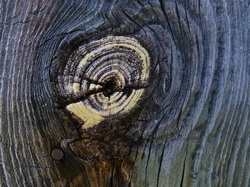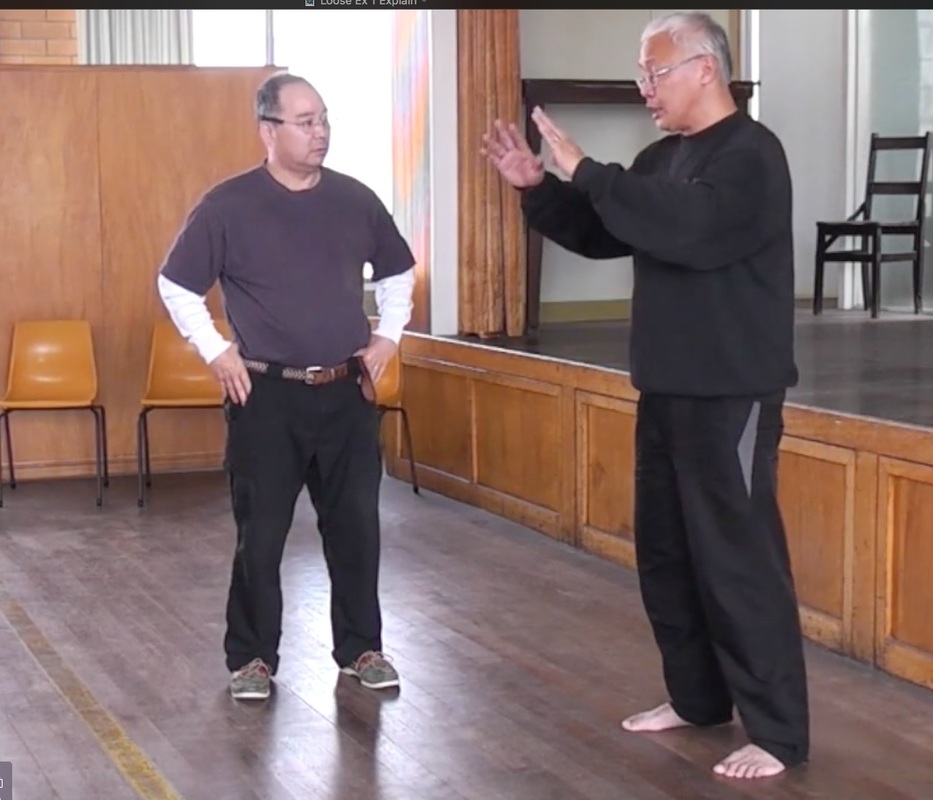 Lovely image from artist Wortgewand at Pixabay
Lovely image from artist Wortgewand at Pixabay Energy efficiency and accuracy in swinging the axe (or weapon) to split wood is obviously the best way. As I got better, my whole body moved as one, and when the axed moved, everything moved. The downward swing was initiated from my base (although some muscle force is necessary to lift the heavy axe to the point where the connected forces from the base take over) and on impact both feet were grounded & rooted, yet the body was relaxed. The downward arcing/circular acceleration of the swing of the axe head (I'd like to think) was the initiated by "sinking" down into the base then amplified by the elastic like power of the body/back/shoulder relaxing instead of muscular tension and contraction. I thought of my upper body continuously linked/connected to the base, this in turn was further amplified by the circular centripetal force of the arms swinging downwards. As with the body, I sought to let go of any tension in the arms, forearms, and hands as the axe found its mark. The mind intention focusing on the target and "thinking only of cutting" (as Musashi Maru - the great Japanese swordsman said) the axe at times became an extension of my body and (I'd like to believe) that the chi or jing was directed to the tip of the blade as it cut. At these times my energy didn't feel dispersed nor did I feel exhausted (like I did on the first day), instead more relaxed and focused and the wood also split (or would soon split) more easily, almost effortlessly. Of course I could be just kidding myself, and maybe have just gradually chose easier pieces of wood to cut, but today compared to the first time I started splitting wood, I didn't feel tired, flustered, nor did I get pain in my wrist from any impacts... and the wood split much more easily.

 RSS Feed
RSS Feed